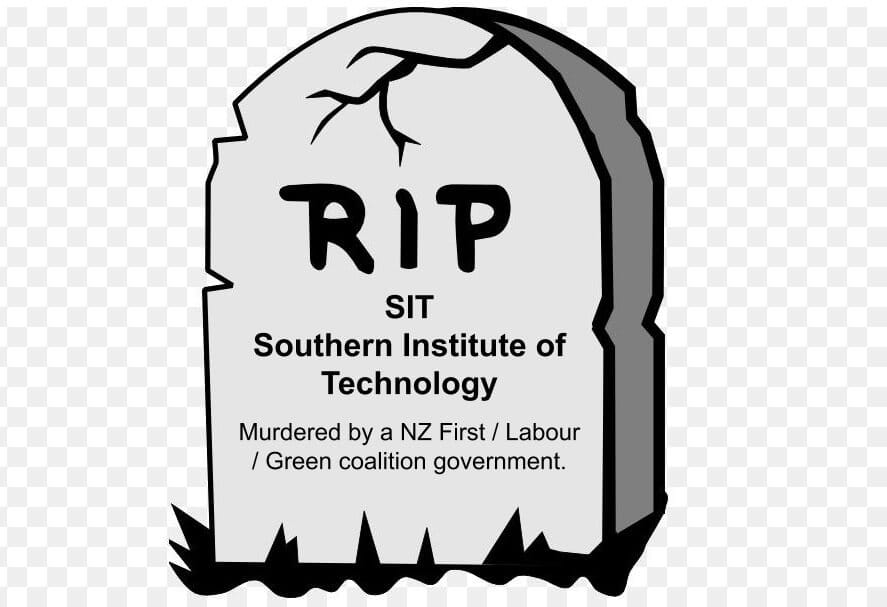The government will merge SIT – Southern Institute of Technology with 15 other polytechnics into a single institute next year and replace all 11 industry training organisations within three years as part of a total overhaul of the vocational education system.
Education Minister Chris Hipkins said the new institute would be created in April 2020 and would be a new kind of organisation providing both on and off-the-job learning.
He said the head office would not be in Auckland nor Wellington and it would be known provisionally as the New Zealand Institute of Skills and Technology.
Mr Hipkins said the institute would take over responsibility for workplace training and apprenticeships from industry training organisations over the next two or three years.
He said the Industry Training Organisations (ITOs) would be replaced by four to seven workforce development councils that would be set up by 2022 to influence vocational education and training.
Invercargill MP Sarah Dowie in a statement said “I am furious at the Government’s decision to centralize our successful and performing SIT into a mega polytechnic – taking away our autonomy, stealing our assets and destroying our special character. This will have a devastating impact on our city and province including job losses, stifling our economy and ripping the heart from our community. I will see Labour/NZ First on the hustings – National will overturn this and give SIT back to Southland and apprenticeships back to industry”.
The changes confirmed options for overhauling the vocational education and training the government had consulted on earlier in the year.
ITOs lobbied strongly against the changes, arguing they would wreck a system that was currently working well and that they were being made solely to prop up failing polytechnics.
Polytechnics were more positive about the proposals, but some regional institutions including SIT – Southern Institute of Technologywere worried about losing their autonomy to a national organisation.
The polytechnic sector had suffered from falling enrolments in recent years and some institutes required multi-million-dollar government loans and bailouts.
Mr Hipkins said the changes were needed because the current vocational education system was not working well enough.
“Nearly nine out of 10 of our businesses are not training through industry training. Yet at the same time, 71 percent of employers surveyed say there is, or will soon be, a skills shortage in their industry area,” he said.
“The plain truth is that while there are some bright spots, the current system is not set up to produce skilled people at the scale we need.”
Mr Hipkins said the government would set up regional groups to advise on local interests and skill needs.
It would also unify the currently separate funding systems for subsidising on and off-the-job training.

